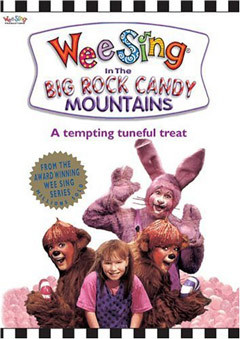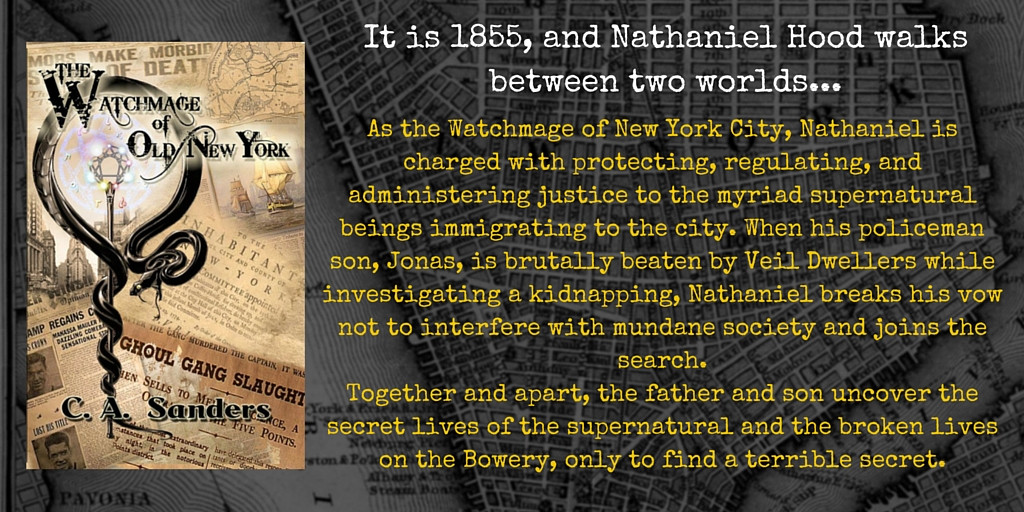We all remember childhood songs that painted fantastical worlds, right? But what if the sweet melodies and whimsical lyrics hid a much grimmer reality? This is certainly the case with the seemingly innocent “Big Rock Candy Mountain Song.” While generations have sung about peppermint trees and lemonade springs, the original tune tells a very different story, one rooted in the harsh realities of hobo life and its dangers.
The Innocent Façade of “Big Rock Candy Mountain”
For many, “Big Rock Candy Mountain” conjures up images of a carefree paradise, a land of pure imagination where everything is delightful and effortless. This is the cleaned-up version, the one with “lemonade springs where the bluebird sings,” a far cry from its original intent. However, to truly understand this classic, we need to delve into its past and uncover the unsettling truth behind the sugary surface.
Unmasking the Dark Origins
The first recording of “The Big Rock Candy Mountain” we know of was by Harry McClintock, in 1928. Known as “Haywire Mac,” McClintock claimed to have penned the song much earlier, around 1898, when he was just 16 years old and living on the streets. His experiences as a young, vulnerable individual on the road shaped a starkly different version of the song, a far cry from the children’s ditty we know today. As radio host Fred Bals recounted, McClintock described himself as “a shining mark; a kid who could not only beg handouts but who could bring in money… a valuable piece of property for the jocker who could snare him…” This chilling statement hints at the predatory environment McClintock navigated, a world where children were exploited and innocence was constantly under threat.
 Big Rock Candy Mountain DVD cover
Big Rock Candy Mountain DVD cover
Haywire Mac’s Testimony and the Original Lyrics
The idyllic imagery of candy mountains was, in its original context, a deceptive lure used by “jockers” – older, aggressive hobos who preyed on vulnerable children. These jockers would entice children into the hobo lifestyle with promises of easy living, only to force them into begging, labor, and even sexual exploitation. McClintock himself stated that his 1898 version was far more explicit and adult than the sanitized 1928 recording. During a court case concerning the song’s authorship, McClintock revealed the final verse of his original composition, a verse that lays bare the grim reality behind the candy-coated fantasy:
“The punk rolled up his big blue eyes and said to the jocker, “Sandy,
I’ve hiked and hiked and wandered too, But I ain’t seen any candy.
I’ve hiked and hiked till my feet are sore, I’ll be God damned if I hike any more,
To be buggered sore like a hobo’s whore
In the Big Rock Candy Mountains.”
This verse shatters the innocent facade, exposing the “Big Rock Candy Mountain” as a metaphor for exploitation and abuse, a far cry from the children’s paradise it became.
“The Appleknocker’s Lament”: Another Piece of the Puzzle
Further evidence of the song’s dark origins can be found in similar songs from the same era, suggesting a common, darker source material. One such song, “The Appleknocker’s Lament,” echoes the themes of exploitation and disillusionment present in McClintock’s original version. “The Appleknocker’s Lament” tells a harrowing tale from a child’s perspective, detailing the betrayal and abuse suffered at the hands of a hobo. Instead of the promised paradise, the child recounts:
“made me beg and steal his eggs (sit on his peg)/ And he called me his jocker.
When I didn’t get pies he blacked my eyes/ And called me his apple-knocker.”
This raw and brutal depiction reinforces the idea that “The Big Rock Candy Mountain” was initially understood as a cautionary tale, a warning about the hidden dangers lurking beneath the romanticized image of hobo life.
From Hobo Warning to Children’s Classic
Over time, “The Big Rock Candy Mountain song” underwent a significant transformation. As is common with folk songs passed down through generations, the original context and meaning faded. The explicit lyrics were sanitized, the darker themes were erased, and what was once a stark warning became a lighthearted children’s song. The sinister history was buried beneath layers of innocent repetition, leaving only a sugary shell of its former self.
 The Watchmage Is Coming Book Ad
The Watchmage Is Coming Book Ad
Conclusion
The story of “The Big Rock Candy Mountain” song is a stark reminder that things are not always what they seem. Beneath the catchy tune and whimsical lyrics lies a history of exploitation and hardship. Unearthing this darker side not only provides a richer understanding of the song itself but also offers a glimpse into a less palatable chapter of social history. So, the next time you hear “The Big Rock Candy Mountain,” remember that its sweet melody carries a much more complex and sobering story than you might have imagined.
